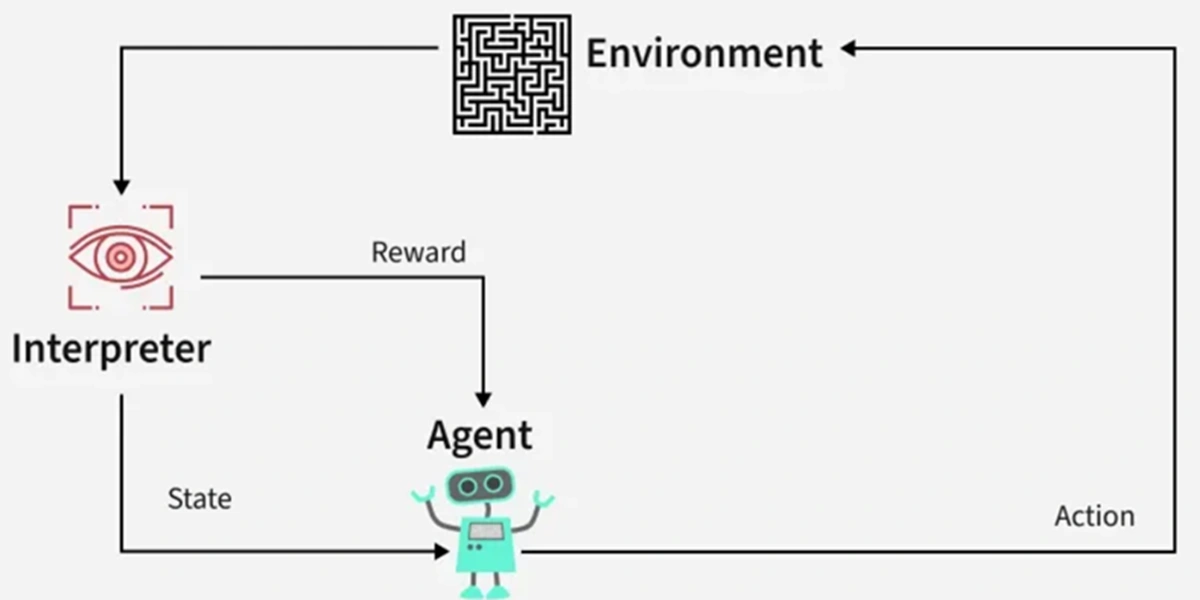For a small personal database, such as the list of addresses discussed in Section, one person typically defines, constructs, and manipulates the database, and there is no sharing. However, in large organizations, many people are involved in the design, use, and maintenance of a large database with hundreds of users.
In this section we identify the people whose jobs involve the day-to-day use of a large database; we call them the actors on the scene. In Section we consider people who may be called workers behind the scene those who work to maintain the database system environment but who are not actively interested in the database contents as part of their daily job.
Database Administrators
In any organization where many people use the same resources, there is a need for a chief administrator to oversee and manage these resources. In a database environment, the primary resource is the database itself, and the secondary resource is the DBMS and related software. Administering these resources is the responsibility of the database administrator (DBA). The DBA is responsible for authorizing access to the database, coordinating and monitoring its use, and acquiring software and hardware resources as needed. The DBA is accountable for problems such as security breaches and poor system response time. In large organizations, the DBA is assisted by a staff that carries out these functions.
Database Designers
Database designers are responsible for identifying the data to be stored in the database and for choosing appropriate structures to represent and store this data. These tasks are mostly undertaken before the database is actually implemented and populated with data. It is the responsibility of database designers to communicate with all prospective database users in order to understand their requirements and to create a design that meets these requirements.
In many cases, the designers are on the staff of the DBA and may be assigned other staff responsibilities after the database design is completed. Database designers typically interact with each potential group of users and develop views of the database that meet the data and processing requirements of these groups. Each view is then analyzed and integrated with the views of other user groups. The final database design must be capable of supporting the requirements of all user groups.
End Users
End users are the people whose jobs require access to the database for querying, updating, and generating reports; the database primarily exists for their use. There are several categories of end users:
- Casual end users occasionally access the database, but they may need different information each time. They use a sophisticated database query language to specify their requests and are typically middle or high-level managers or other occasional browsers.
- Naive or parametric end users make up a sizable portion of database end users. Their main job function revolves around constantly querying and updating the database, using standard types of queries and updates called canned transactions that have been carefully programmed and tested. The tasks that such users perform are varied:
- Bank tellers check account balances and post withdrawals and deposits.
- Reservation agents for airlines, hotels, and car rental companies check availability for a given request and make reservations.
- Employees at receiving stations for shipping companies enter package identifications via bar codes and descriptive information through buttons to update a central database of received and in transit packages.
- Sophisticated end users include engineers, scientists, business analysts, and others who thoroughly familiarize themselves with the facilities of the DBMS in order to implement their own applications to meet their complex requirements.
- Standalone users maintain personal databases by using ready-made program packages that provide easy-to-use menu-based or graphics based interfaces. An example is the user of a tax package that stores a variety of personal financial data for tax purposes.
A typical DBMS provides multiple facilities to access a database. Naive end users need to learn very little about the facilities provided by the DBMS; they simply have to understand the user interfaces of the standard transactions designed and implemented for their use.
Casual users learn only a few facilities that they may use repeatedly. Sophisticated users try to learn most of the DBMS facilities in order to achieve their complex requirements. Standalone users typically become very proficient in using a specific software package.
System Analysts and Application Programmers (Software Engineers)
System analysts determine the requirements of end users, especially naive and parametric end users, and develop specifications for standard canned transactions that meet these requirements. Application programmers implement these specifications as programs; then they test, debug, document, and maintain these canned transactions. Such analysts and programmers commonly referred to as software developers or software engineers should be familiar with the full range of capabilities provided by the DBMS to accomplish their tasks.
| Read More Topics |
| Operating system components |
| Static function in C++ |
| Object oriented programming |
| Glossary for Computer Network |
| The Point-to-Point Protocol (PPP) |
| ALOHA in Computer Network |





